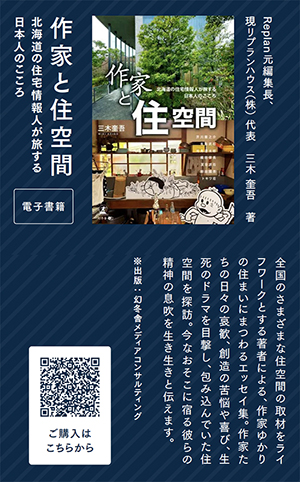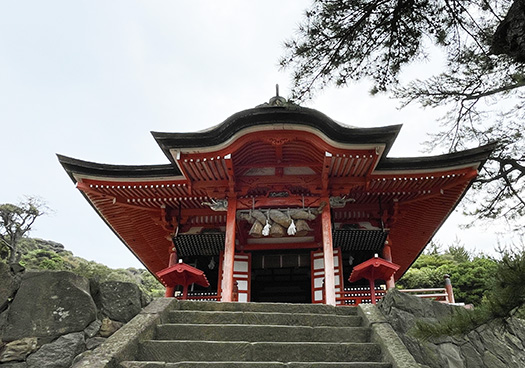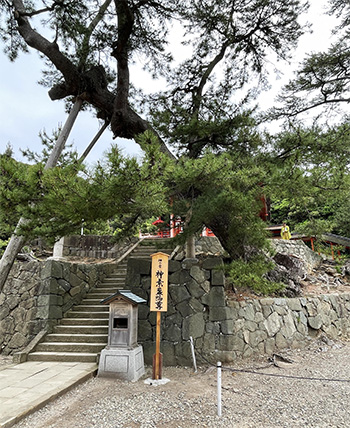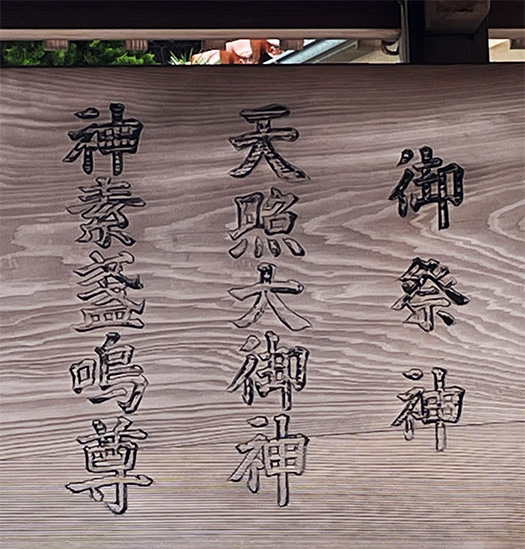古事記を読んでいると、素戔嗚尊〜スサノオ(以下、カタカナ表記)というキャラクターの活躍ぶりはすさまじい。その傍若無人な暴虐ぶりで姉であるアマテラスを怒らせ天岩戸に隠れさせて天上世界を日食に立ち至らせたりする。その後葦原の中つ国に天降って、出雲の創建譚に登場して八岐大蛇を制圧するなどの大活躍。そのはるかな後嗣としてオオクニヌシが出現してくる。
そうかと思うと「根の国」を訪ねるオオクニヌシに対して、その妻になる女性の父親として、神話の中のダブルキャスト・トリプルキャストとして再登場したりしてくる。まことに八面六臂の大スター。天孫系の名前にはおおむね「アマ」「アメ」の冠氏名が付くことが多いという印象があるなかで、ひとり「スサノオ」と単独名でクッキリとした個性が伝わってくる。アマテラスを「正」とすればまことに「奇」と感じさせられる。規律正しい姉に対して、粗暴な男性性格を表彰させる神格像。個人的には強く惹かれる(笑)。
全国の神社で祭神として祀られている。以下にスサノオを祀る神社の「総本社」についてのWikiの記述。
〜素戔嗚尊(すさのおのみこと)の総本社は、京都の八坂神社と兵庫県の広峯神社 の2社が挙げられる。八坂神社は、全国に約2300社ある八坂神社や素戔嗚尊を祀る神社の総本社であり、祇園信仰の中心的な神社。一方、広峯神社は播磨国の一宮で、素戔嗚尊を祀る神社として知られている。また島根県の須我神社も素戔嗚尊を祀る神社として知られており、一部では総本社とみなされることもある。したがって素戔嗚尊の総本社は、八坂神社、広峯神社、須我神社の3社が挙げられると考えることができる。〜
国土の日出ずる位置と古代に特定された伊勢神宮に対して、この日御碕神社は「日沈む」地として特定されたような故実が浮かび上がってくる。この日御碕神社では日沈の宮にアマテラスが祀られ、一方対置された高台のこの「神の宮」にスサノオは祀られている。社としてもなにかイキッている感があってユーモラスと感じた。
●お知らせ
拙書「作家と住空間」幻冬舎から電子書籍で発刊
お求めはAmazonで。
https://amzn.asia/d/eUiv9yO

English version⬇
[Himizaki-jinja Shrine, Kaminomiya “Main deity Susanoo-no-Mikoto – Susanoo”]
In Izumo, the world of the divine age is felt at a close distance. The sense of the exuberance of Susanoo’s divinity rises up in a heartwarming manner. …
When reading the Kojiki, the character Susanoo-no-Mikoto – Susanoo (hereafter, katakana notation) – is a character of tremendous activity. With his unrestrained tyranny, he angered his sister Amaterasu, forcing her to hide in Ama-no-Iwato and causing the eclipse of the sun in the heavenly world. He then descended to the Land of Nakatsu, and appeared in the tale of the founding of Izumo, where he played a great role in subduing the eight-forked serpent. As his distant successor, Okuni no Nushi emerges.
He also appears in myths as the father of the woman who becomes his wife, and as a double- and triple-cast character. He is truly a great star with a great range of activities in all aspects of his life. While most of the names of the descendants of Amaterasu are often prefixed with “Ama” or “Ame,” the single name “Susanoo” conveys a clear and distinct personality. If Amaterasu is the “right” name, Susanoo is the “odd” name. The image of the goddess is one that commends a coarse male personality in contrast to her disciplined sister. Personally, I am strongly attracted to this image (laugh).
He is enshrined as a deity at shrines throughout Japan. Below is Wiki’s description of the “head shrine” of shrines that worship Susanoo.
〜The two head shrines of Susanoo-no-Mikoto are Yasaka Shrine in Kyoto and Hiromine Shrine in Hyogo Prefecture. Yasaka Shrine is the head shrine of about 2,300 Yasaka shrines and shrines enshrining Susanoo-no-Mikoto throughout Japan, and is the central shrine of the Gion faith. Hiromine Shrine, on the other hand, is a shrine in Harima Province and is known as a shrine dedicated to Susanoo-no-Mikoto. Suga Shrine in Shimane Prefecture is also known as a shrine enshrining Susanoo-no-Mikoto and is sometimes regarded as the head shrine in some cases. Therefore, three shrines can be considered as the headquarter of Susanoo-no-Mikoto: Yasaka Shrine, Hiromine Shrine and Suga Shrine. ~
In contrast to Ise Shrine, which was identified in ancient times as the place where the sun rises in the land, this Hinomizaki-jinja Shrine emerges as the place where the “sun sets”. Amaterasu is enshrined at the sunset shrine, while Susanoo is enshrined at the opposite “divine palace” on the hill. The shrine also has a sense of humor, as if the shrine is being cool.
I am now publishing my book “Writers and Residential Space” in e-book format from Gentosha.
Available at Amazon.com.
Posted on 7月 5th, 2025 by 三木 奎吾
Filed under: 日本社会・文化研究










コメントを投稿
「※誹謗中傷や、悪意のある書き込み、営利目的などのコメントを防ぐために、投稿された全てのコメントは一時的に保留されますのでご了承ください。」
You must be logged in to post a comment.